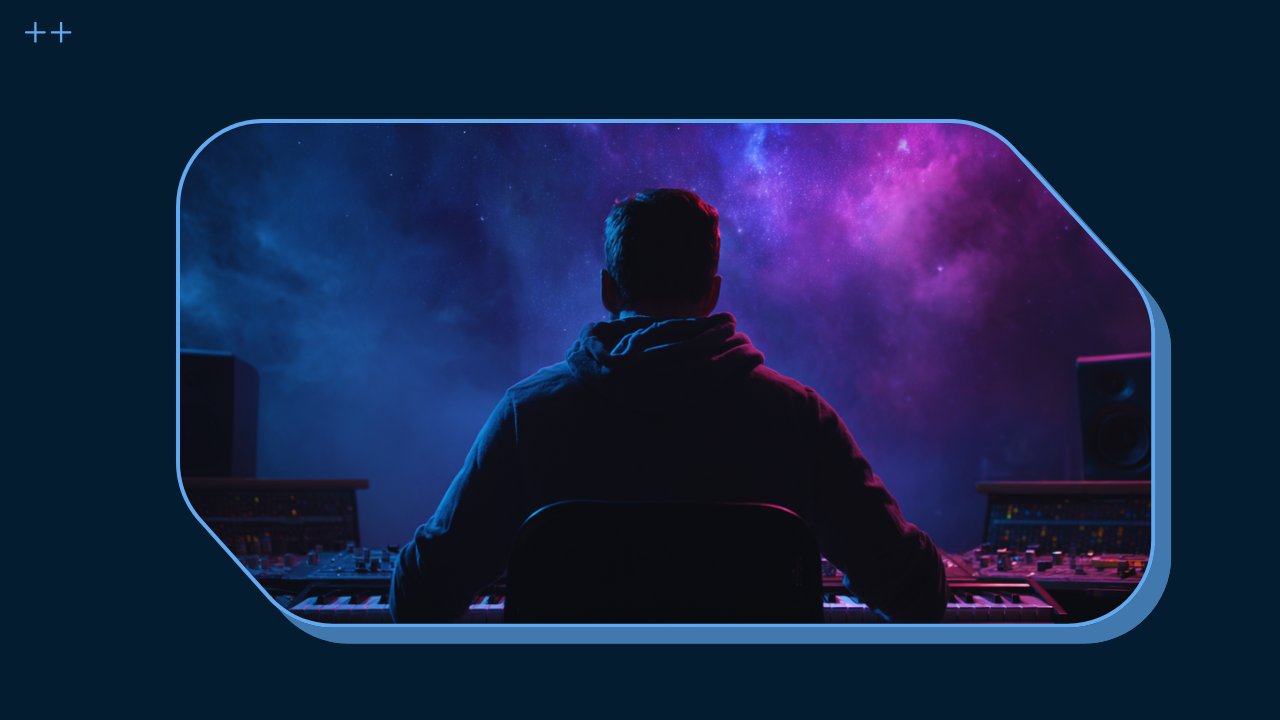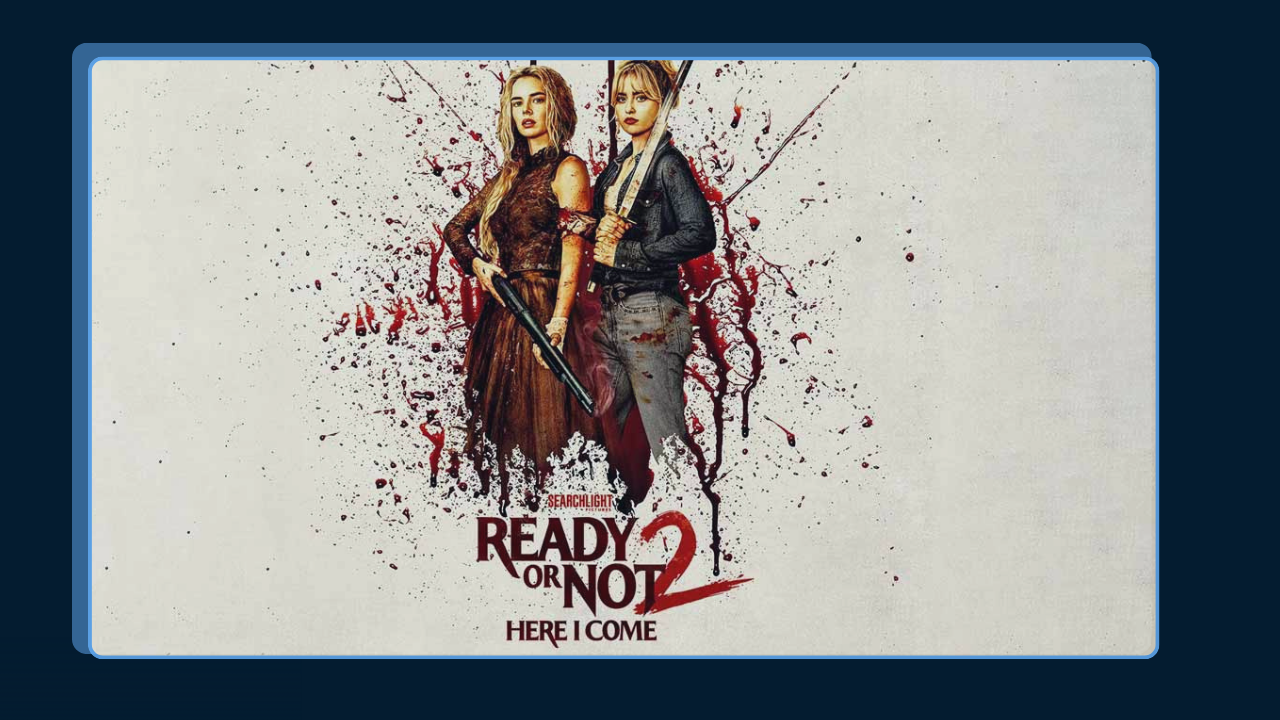The Evolution of Music Videos: From "Video Killed the Radio Star" to YouTube

Introduction
The music video is an art form that has revolutionized how we experience music, transforming songs into visual spectacles. From its early beginnings with "Video Killed the Radio Star" by The Buggles to the global platform of YouTube, the music video has continually evolved, reflecting technological advancements and cultural shifts. This blog explores the fascinating journey of music videos over the decades.
The Birth of the Music Video
The music video as we know it today was born in the late 1970s. Although visual representations of music existed before, it was The Buggles' "Video Killed the Radio Star" that marked a significant milestone. Released in 1979, it became the first music video to air on MTV on August 1, 1981, symbolizing the shift from radio to video as the primary medium for music promotion.

Photo Credit: Insounder
MTV and the Golden Age of Music Videos
MTV's launch in 1981 revolutionized the music industry. The 1980s and early 1990s are often referred to as the golden age of music videos, with artists like Michael Jackson, Madonna, and Prince using the medium to create iconic imagery. Michael Jackson's "Thriller," released in 1983, set a new standard for music videos with its elaborate production, storytelling, and special effects.
Technological Advancements and Creative Innovation
As technology advanced, so did the creativity and complexity of music videos. The advent of digital effects in the 1990s allowed for groundbreaking videos like Peter Gabriel's “Sledgehammer,” which used stop-motion animation and claymation to create a surreal experience. Directors like David Fincher and Spike Jonze pushed the boundaries of the medium, turning music videos into mini-movies with compelling narratives and visual artistry .
The Rise of the Internet and YouTube
The late 1990s and early 2000s saw the rise of the internet, fundamentally changing how music videos were consumed. The launch of YouTube in 2005 democratized music video production and distribution, allowing artists of all levels to share their work with a global audience. Viral videos became a phenomenon, with hits like OK Go's "Here It Goes Again" (2006) and Psy's "Gangnam Style" (2012) gaining billions of views and reshaping the music video landscape.
Current Trends and the Future of Music Videos
Today, music videos continue to evolve with advancements in virtual reality (VR) and augmented reality (AR). Artists like Björk and Travis Scott are experimenting with these technologies to create immersive experiences. Social media platforms like Instagram and TikTok have also become crucial in music video promotion, allowing for shorter, more interactive content that engages viewers in new ways .
Conclusion
From the early days of MTV to the digital age of YouTube, music videos have come a long way. They have not only changed how we experience music but have also become a powerful tool for artistic expression and cultural commentary. As technology continues to evolve, so too will the music video, constantly pushing the boundaries of creativity and innovation.
Let’s Collaborate!
Need help building the tone for your production? Hit us up – the Rareform Audio team would love to help you create the perfect soundtrack that speaks to your audience and enhances the power of your visual storytelling to new heights!
A weekly glimpse into the world of music & media with insider news, sync licensing opportunities, creative insight, and discussions.
Rareform Highlights
Black Sheep Music & Rareform Audio join forces with A24.
Custom cue “JukeBox” composed for Ready Or Not 2 with Searchlight.
Hi, I'm Hannah, the Marketing Manager at Rareform Audio. When I'm not crafting content and strategizing campaigns, you'll find me singing my heart out with my local choir. I love blending creativity and connection in everything I do, whether it’s through words or music!

































